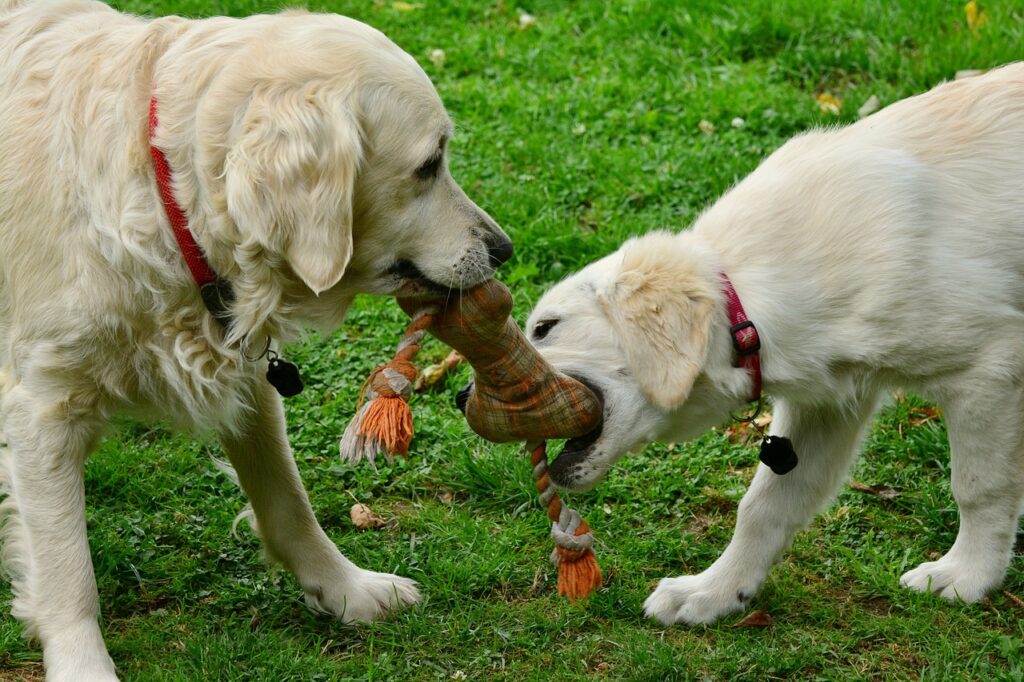Advent to Archaeological Digging
Archaeological digging is an interesting farmland that mixes artwork and science to discover the mysteries of the presen. It comes to moderately excavating and examining artifacts, constructions, and alternative residue left in the back of via historic civilizations. This text will delve into the sector of archaeological digging, exploring its forms, use, and the method of unearthing the presen.
The Usefulness of Archaeological Digging
Archaeological digging performs a a very powerful function in working out our historical past and civilization. By way of learning historic artifacts, archaeologists achieve insights into the tradition, way of life, and technological developments of presen societies. It is helping us higher comprehend our roots, the evolution of human societies, and gives a singular point of view on our personal lifestyles.
The Technique of Archaeological Digging
Archaeological digs observe a scientific technique to assure accuracy and preservation of artifacts. The method starts with cautious making plans, surveying, and figuring out attainable excavation websites. As soon as a web page is chosen, archaeologists importance diverse equipment like shovels, trowels, and brushes to take away layers of landscape and unearth artifacts. The artifacts are after documented, cataloged, and analyzed to know their historic context.
Equipment and Ways Old in Archaeological Digging
Archaeologists make use of a large dimension of equipment and strategies to excavate and saving artifacts. Trowels and brushes are recurrently impaired for graceful excavation paintings, month shovels and pickaxes support with deeper digging. Sifting monitors are impaired to isolated artifacts from landscape, and steel detectors support in finding steel items. Garden-penetrating radar and LiDAR generation have revolutionized archaeological surveying via mapping buried constructions and grounds.
The Function of Generation in Archaeological Digging
Generation has considerably enhanced the potency and accuracy of archaeological digging. Far off sensing ways like LiDAR and aerial imagery permit archaeologists to spot attainable websites with out demanding the grassland. Drones supplied with high-resolution cameras serve aerial perspectives, assisting in web page mapping and documentation. Complicated laboratory ways akin to carbon courting, DNA research, and X-ray imaging support time and analyze artifacts.
Preservation and Conservation of Artifacts
Preservation and conservation are a very powerful sides of archaeological digging. Artifacts are moderately treated, wiped clean, and saved in managed environments to restrain deterioration. Specialised ways like freeze-drying and chemical stabilization are impaired for graceful fabrics. Museums and analysis establishments play games a very important function in protecting and exhibiting artifacts for while generations.
Interdisciplinary Collaborations in Archaeological Digging
Archaeological digging steadily comes to collaborations between diverse subjects. Anthropologists, historians, geologists, biologists, or even pc scientists paintings in combination to interpret findings and reconstruct the presen. This interdisciplinary way guarantees a holistic working out of historic civilizations and their interactions with the state.
Moral Concerns in Archaeological Digging
Archaeological digging should adhere to moral issues to assure the preservation of cultural heritage. Indigenous communities, native citizens, and stakeholders will have to be concerned within the decision-making procedure. Appreciate for cultural practices, repatriation of artifacts, and accountable excavation ways are a very powerful to steer clear of exploitation and advertise inclusivity.
Presen Instructions in Archaeological Digging
The while of archaeological digging lies in persevered technological developments. Synthetic insigt and gadget finding out algorithms can analyze gigantic quantities of information and help in figuring out patterns. Non-invasive ways like digital fact and augmented fact can recreate historic grounds and constructions, providing immersive reviews to researchers and the family.
FAQ Division:
1. What’s the residue between archaeology and paleontology?
– Archaeology research human historical past and tradition via artifacts, month paleontology specializes in the find out about of historic age modes and fossils.
2. How do archaeologists come to a decision the place to dig?
– Archaeologists importance diverse forms akin to surveys, historic analysis, and faraway sensing applied sciences to spot attainable excavation websites.
3. How do archaeologists time artifacts?
– Archaeologists importance a dimension of ways, together with carbon courting, thermoluminescence, and dendrochronology, to decide the week of artifacts.
4. Can any individual take part in an archaeological dig?
– Some archaeological digs settle for volunteers, however participation steadily calls for related instructional background, coaching, or revel in.
5. What occurs to the artifacts later they’re excavated?
– Excavated artifacts are moderately wiped clean, cataloged, and saved in specialised amenities like museums or analysis establishments for preservation and find out about.
6. How lengthy does an archaeological dig in most cases utmost?
– The length of an archaeological dig varies relying at the dimension of the web page, complexity of excavation, and to be had investment. It will probably dimension from a couple of weeks to a number of years.
7. What are some well-known archaeological discoveries?
– Well-known archaeological discoveries come with the tomb of Tutankhamun, the Terracotta Military in China, and the traditional town of Pompeii.
8. Are there any risks related to archaeological digging?
– Archaeological digging comes to bodily hard work, publicity to outside components, and attainable dangers like collapsing constructions or hazardous fabrics. Protection precautions are taken to reduce those dangers.
9. How do archaeologists interpret artifacts?
– Archaeologists analyze artifacts of their historic context, taking into consideration their location, affiliation with alternative items, and comparability with homogeneous reveals. Additionally they depend on historic information and anthropological wisdom.
10. Can archaeological digging serve solutions to all historic questions?
– Age archaeological digging supplies worthy insights, now not all historic questions may also be responded only via excavation. It’s steadily mixed with alternative historic analysis forms to manufacture a extra whole working out.
